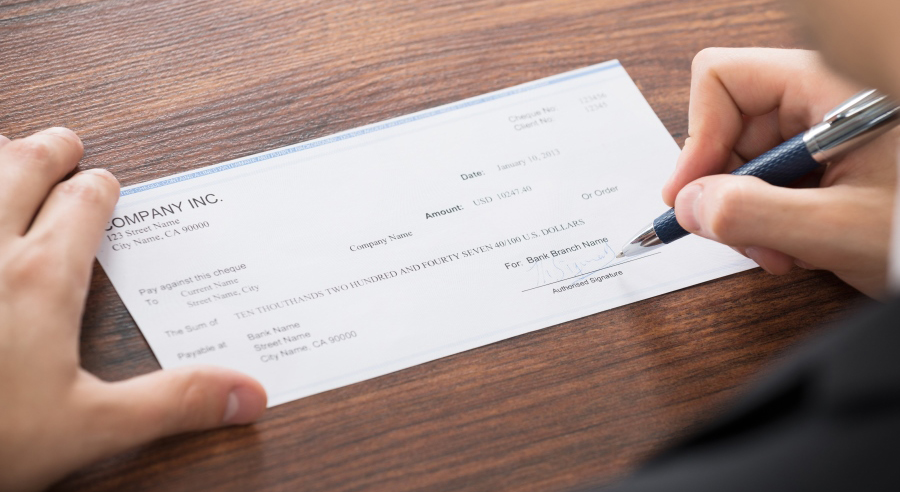Learning how to read a Canadian cheque is essential for any financial professional. There are some key differences between the US and a Canadian cheque. First, note the amount in words. This is the legal amount of the cheque. The amount written in numbers is the nominal value. In the case of a dollar amount, use “one hundred” or “fifty-three” to indicate the amount in Canadian dollars.
Canadian bank or credit union cheque
Next, you need to find the date on the cheque. The date of a cheque is in the top right corner. Generally, a cheque is valid for six months and after this period, it can’t be cashed. A post-dated check is one that can’t be cashed until a later date. Consequently, it is important to know how to read a Canadian bank or credit union cheque.

The bearer of a cheque is the person or business that will be getting it cashed. The bearer of the cheque is the name of the person or company that will be receiving the money. The bearer’s name is written on the line next to the payee’s name. The bearer’s name is written below this line. A blank bearer line is unusable and can be cashed by anyone.
The bearer of a cheque is the person or company that is getting the cheque cashed. On this line, you should write the payee’s name or “myself” or the amount you want to pay. Be sure to not leave this field blank. Otherwise, anyone can get the money, so it’s better to be safe than sorry. This is important, as it will allow for fraud.
The bearer of a cheque is the person or company who is making the payment. This line should contain the payee’s name and not an acronym. In addition, you should also write the recipient’s name and address. If the bearer is not listed, the cheque will be invalid and no one can cash it. It’s also important to note that a bearer’s name must be readable.
A payee’s name is the person or entity who is transferring funds to you. The payee’s name is written on the line on the cheque. The name should match the person or entity that is being paid. This line should also be spelled correctly. Incorrectly-spelt names may lead to fraud. When in doubt, you should write a memo or make a copy of the document.
Always include the recipient’s name on the cheque. The beneficiary’s name should be included. It is not necessary to sign the memo on the cheque. You can also write your signature when you are filling out a cheque. You must sign the cheque using the same signature used on your checking account. If you fail to sign the document correctly, it will be invalid. If you have an account in Canada, it’s best to set up Direct Bank Deposit.
Lastly, always double-check the details on a cheque. If the recipient’s name or company name is not written correctly, the cheque will bounce. So, the recipient should double-check the details. When you write a check, always check the date. If you wrote the wrong date, the beneficiary may think it’s a valid cheque. For example, if the recipient does not include the amount of money, he would probably have a problem completing it.
Wrap-up
The date should be written in the top right-hand corner of a cheque. This represents when the cheque was written and when it can be cashed. If you need more time to get the money, you can postdate the cheque. However, a postdated cheque cannot be cashed earlier than the date written on the cheque. This is because the Canadian Payments Association has set rules about how to read a Canadian check.
The signature line is located at the bottom right corner of a Canadian cheque. If it is legible, the signature will be recorded with the bank. Without a signature, the cheque will be invalid. If the signature is legible, the signature will be legible, and the bank will be able to process it. You should always sign your checks. If you have an account in Canada, the cheques will have the same format as the checks from your country.
